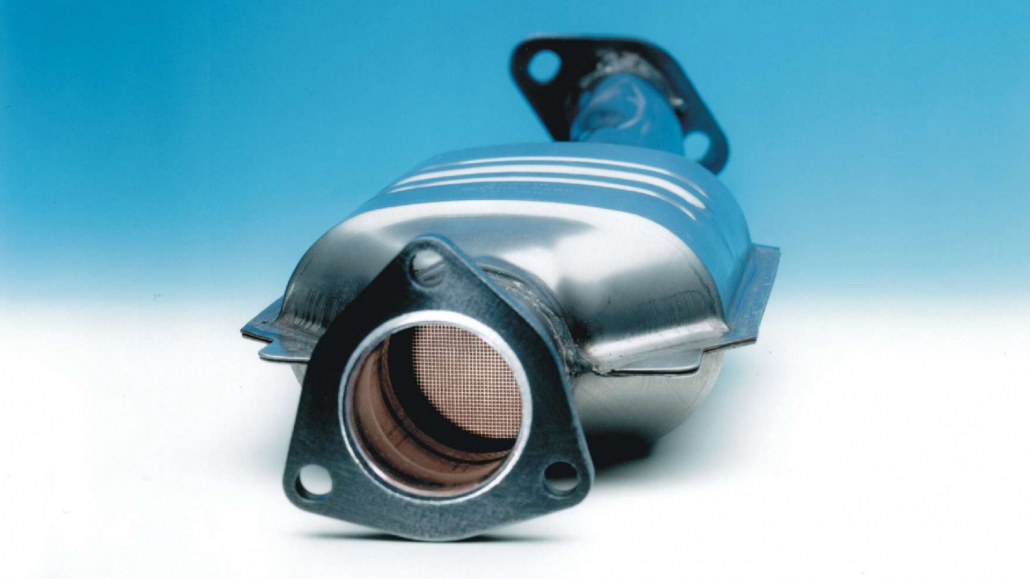
Only one percent of catalytic converter thefts resulted in a suspect being charged, reveal new police statistics obtained by the Liberal Democrats. Data covering 20 police forces in England and Wales, shows 50,223 catalytic converters were reported stolen during the five-year period from 2017 to 2021 – yet only 548 cases ended up in court.
Lib Dem MP for Richmond Park, Sarah Olney, said: “There is a catalytic converter theft epidemic across many parts of the country, but far too often the gangs responsible are getting away with it.”
Catalytic converters are part of a modern car’s exhaust system, fitted to reduce harmful emissions. They are stolen because of the precious metals inside them: palladium, platinum and rhodium.
Hybrid cars such as the Toyota Prius, Honda Jazz Hybrid and Lexus RX are particularly affected. The ‘cats’ fitted to hybrids contain larger amounts of these metals – up to seven grams – making them worth hundreds of pounds on the black market.
Here’s what you need to know – including how to reduce the risk of catalytic converter theft from your car.
What does a catalytic converter do?
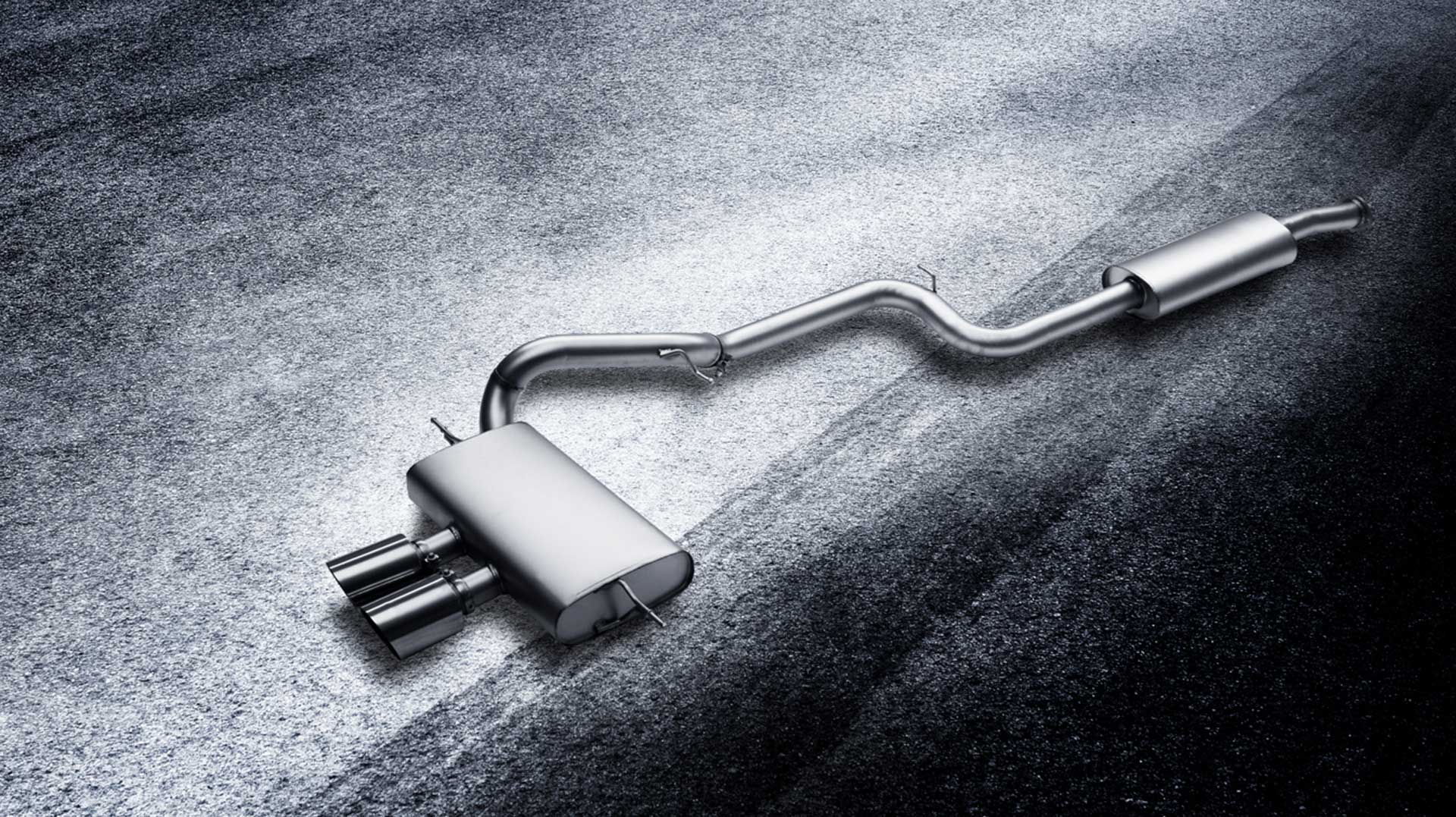 A catalytic converter processes the emissions from a combustion engine into less harmful gases, before releasing them into the atmosphere.
A catalytic converter processes the emissions from a combustion engine into less harmful gases, before releasing them into the atmosphere.
Catalytic converters were first used in the 1970s, with the United States making them mandatory from 1975 onwards. They became a common feature of cars in the UK from 1992.
Why are they a target for theft?
The chemical reaction that takes place within the converter requires precious metals to act as the actual catalyst. These include palladium, platinum and rhodium.
Market values for these rare materials have increased substantially in recent years.
Palladium can be sold for £1,500 per ounce, with rhodium worth around £10,200 per ounce. The value of palladium is similar to gold, with rhodium far higher.
How do thieves steal catalytic converters?
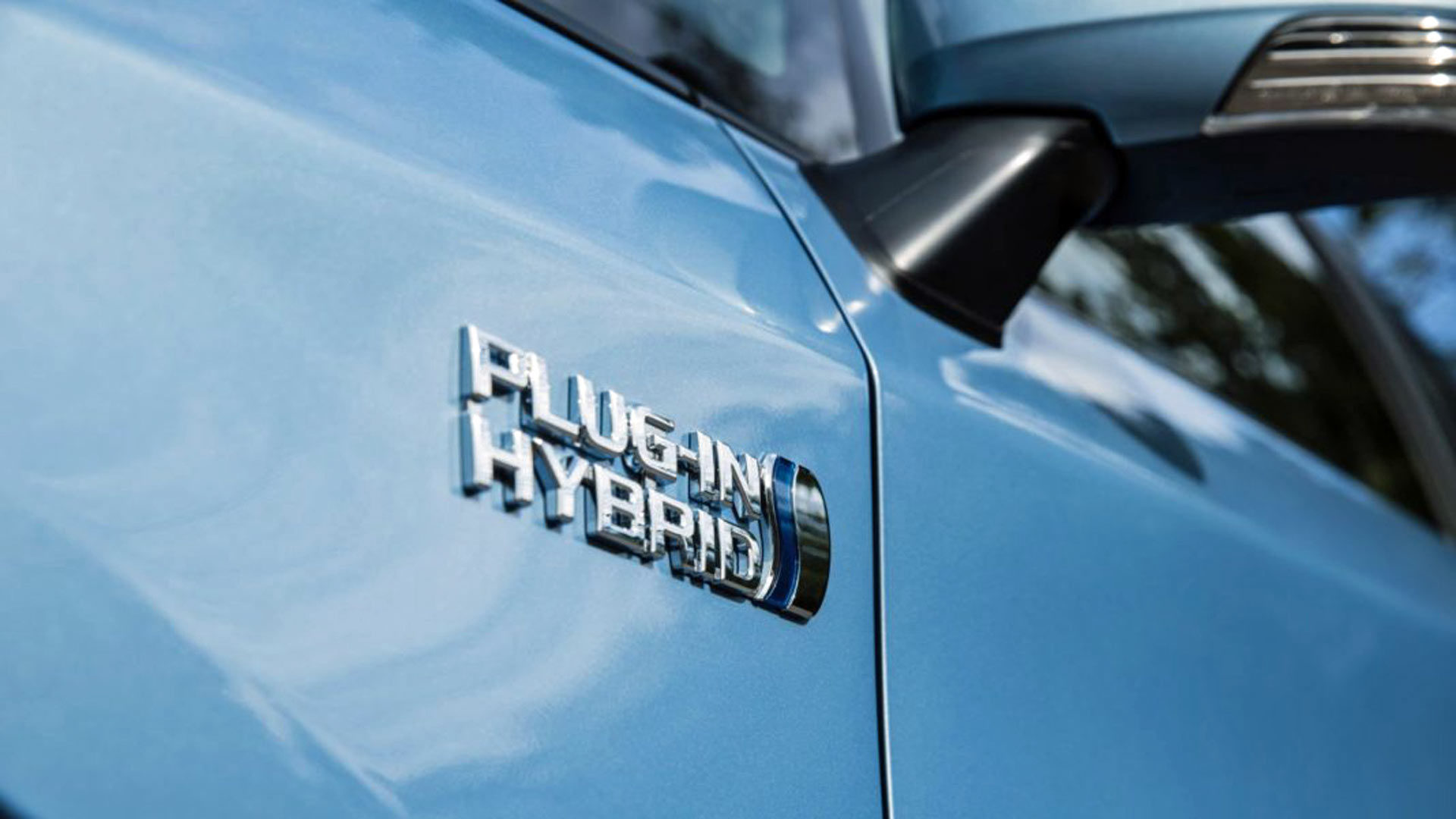
As part of the exhaust system, catalytic converters are left exposed beneath most cars. This means thieves can simply slide under the car to remove them. High-riding SUVs are particularly vulnerable, as access beneath the car is easier.
Some are bolted onto the exhaust, with other types being welded into place. The latter can be removed by cutting through the pipework to free the cat.
Many catalytic converters are unmarked, meaning they cannot be easily traced to an individual vehicle. Once taken, they can be sold to unlicensed scrap metal dealers.
Why are hybrid cars being targeted?
Hybrid vehicles, such as the Toyota Prius, account for a large proportion of the catalytic converters being stolen. Admiral insurance data showed that the Prius, Honda Jazz, Toyota Auris and Lexus RX are among the cars most susceptible to theft.
Thieves target these vehicles as the catalytic converters are said to be less corroded. The hybrid drivetrain results in lower exhaust emissions, leaving the precious metals in better condition. In turn, this makes them more valuable to sell on.
What are car manufacturers doing?
The problem of catalytic converter theft is not new, with the AA noting that it has been an issue for more than a decade. This has given manufacturers time to develop ways of keeping cats safe.
Toyota offers a special ‘Catloc’ device, which can be retrofitted to a number of vehicles made by the manufacturer. Priced at around £190 including fitting, Toyota says it sells the Catloc without making a profit.
The company also reduced the price of replacement catalytic converters, and increased production to help get drivers back on the road quicker.
How can I protect my catalytic converter?
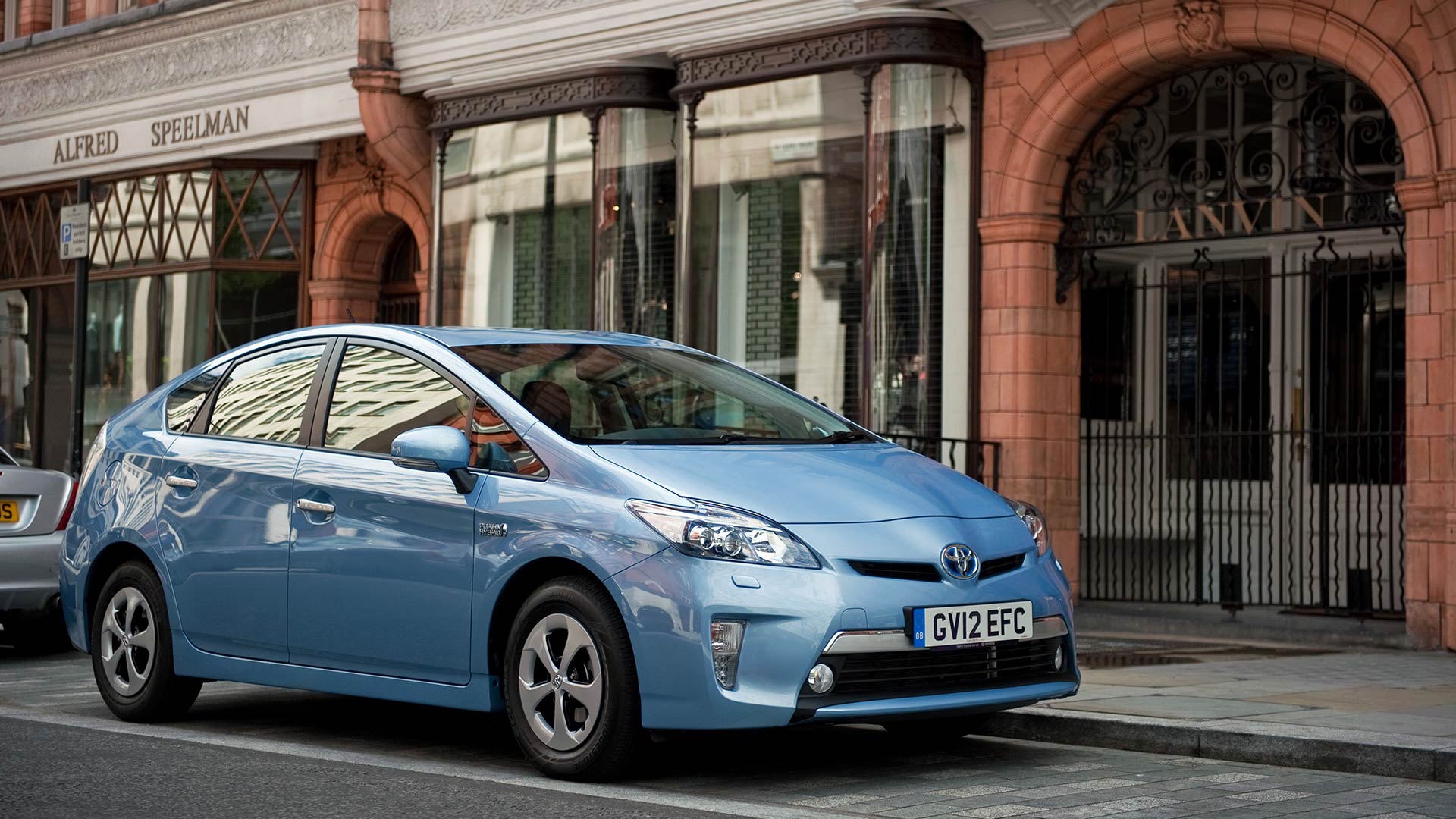
Not all cars are at risk, with some models having the catalytic converter mounted within the engine bay. This makes it much harder to steal. Drivers should check with their local dealership if they are unsure.
The Metropolitan Police has a published advice on reducing the risk of your cat being stolen. The tips include:
- Park your car in a locked garage overnight
- Try to park in a location that is well-lit and overlooked
- Avoid mounting your car on the kerb, as it gives thieves easier access
- Install CCTV to cover where your car is parked
- Mark your catalytic converter with a forensic marker (see below), which can make it harder to sell on
- Speak to a car dealer about a tilt sensor that activates an alarm if a thief tries to jack up your vehicle
Security marking a catalytic converter
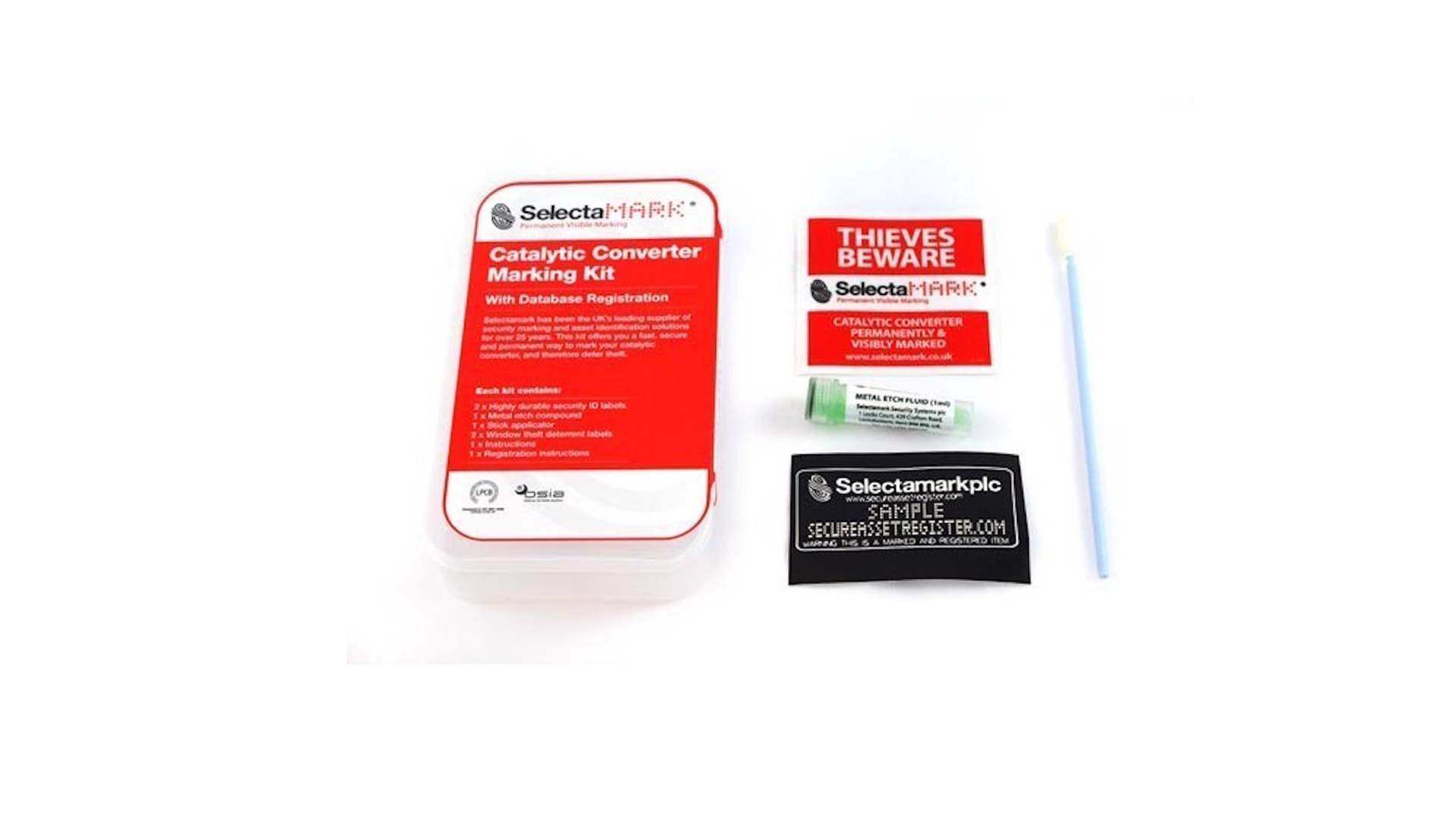
Security marking is a cost effective way to reduce the risk of catalytic converter theft. This uses metal etching to leave a permanent mark on the outside of the catalytic converter, intended to make it harder for thieves to sell on.
Kent-based Selectamark, for example, sells a kit specially designed for marking catalytic converters. Priced at less than £20, it includes warning stickers for the windows as a visual deterrent.
The kit also includes registration on a secure database, helping link the cat to the owner should it be sold to a scrap metal dealer.
The cost is a relatively small outlay, given that a replacement catalytic converters can stretch to more than £1,000.
ALSO READ:
Winter tyres: are they worth the expense for driving in the UK?